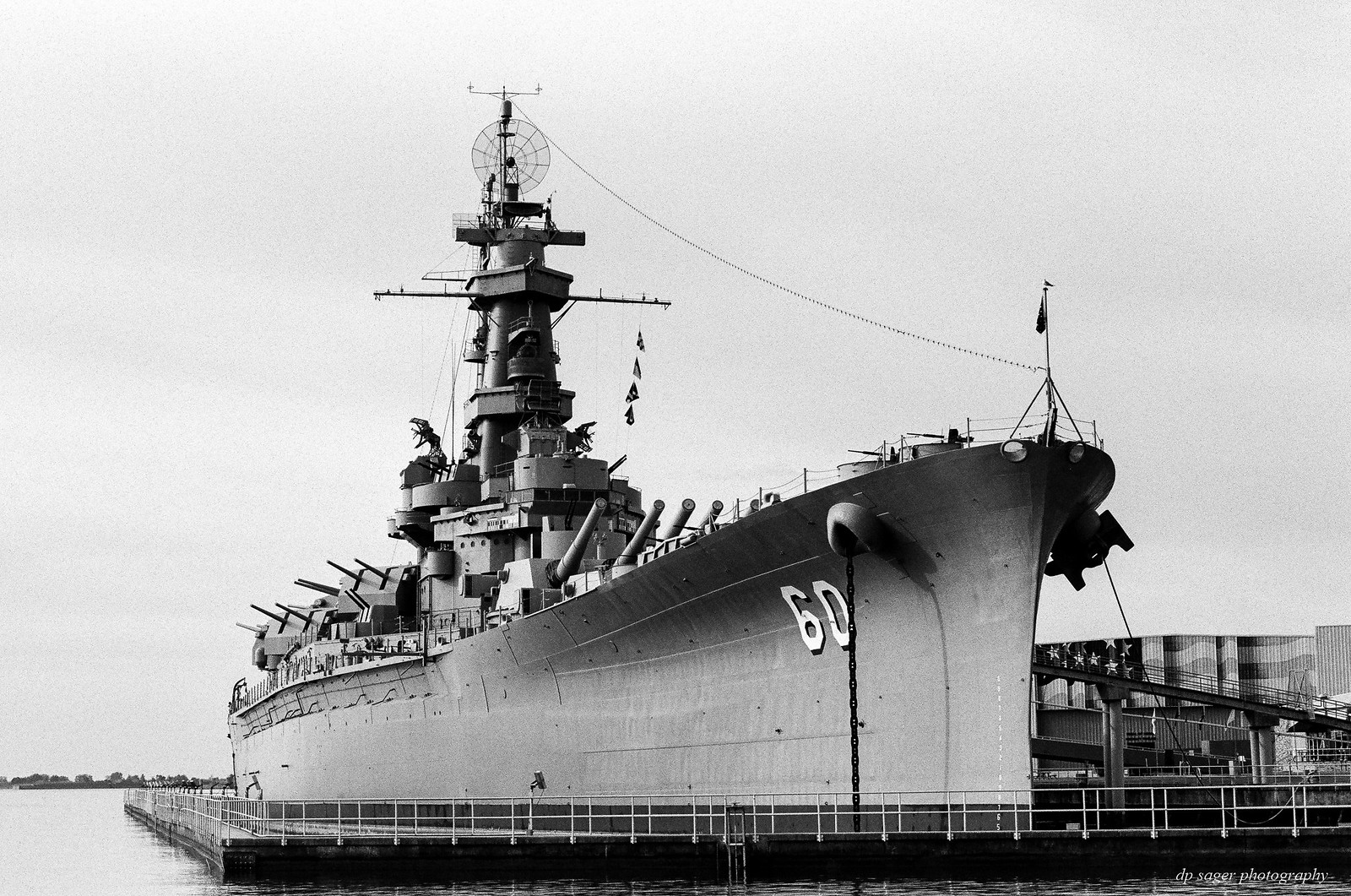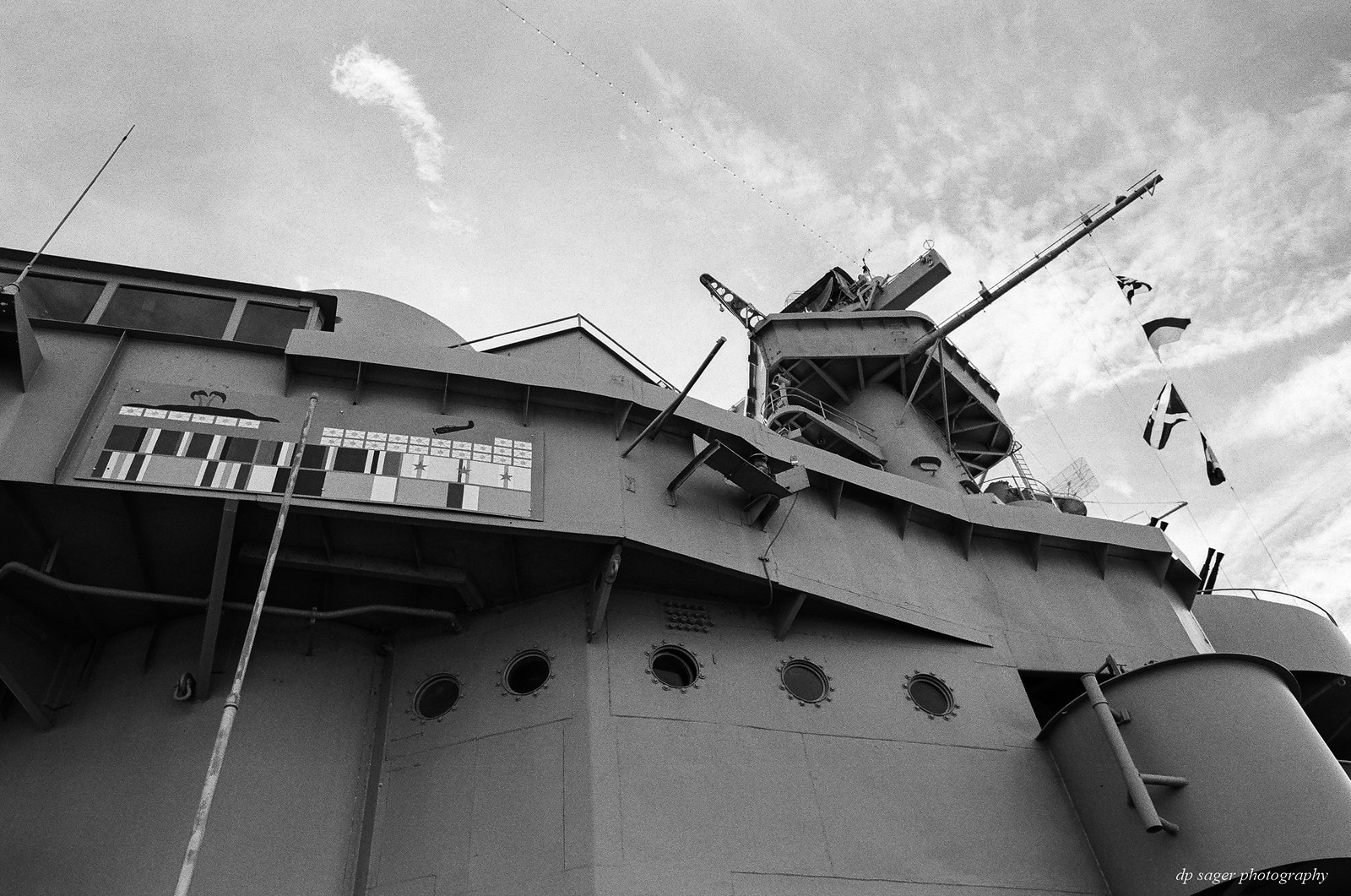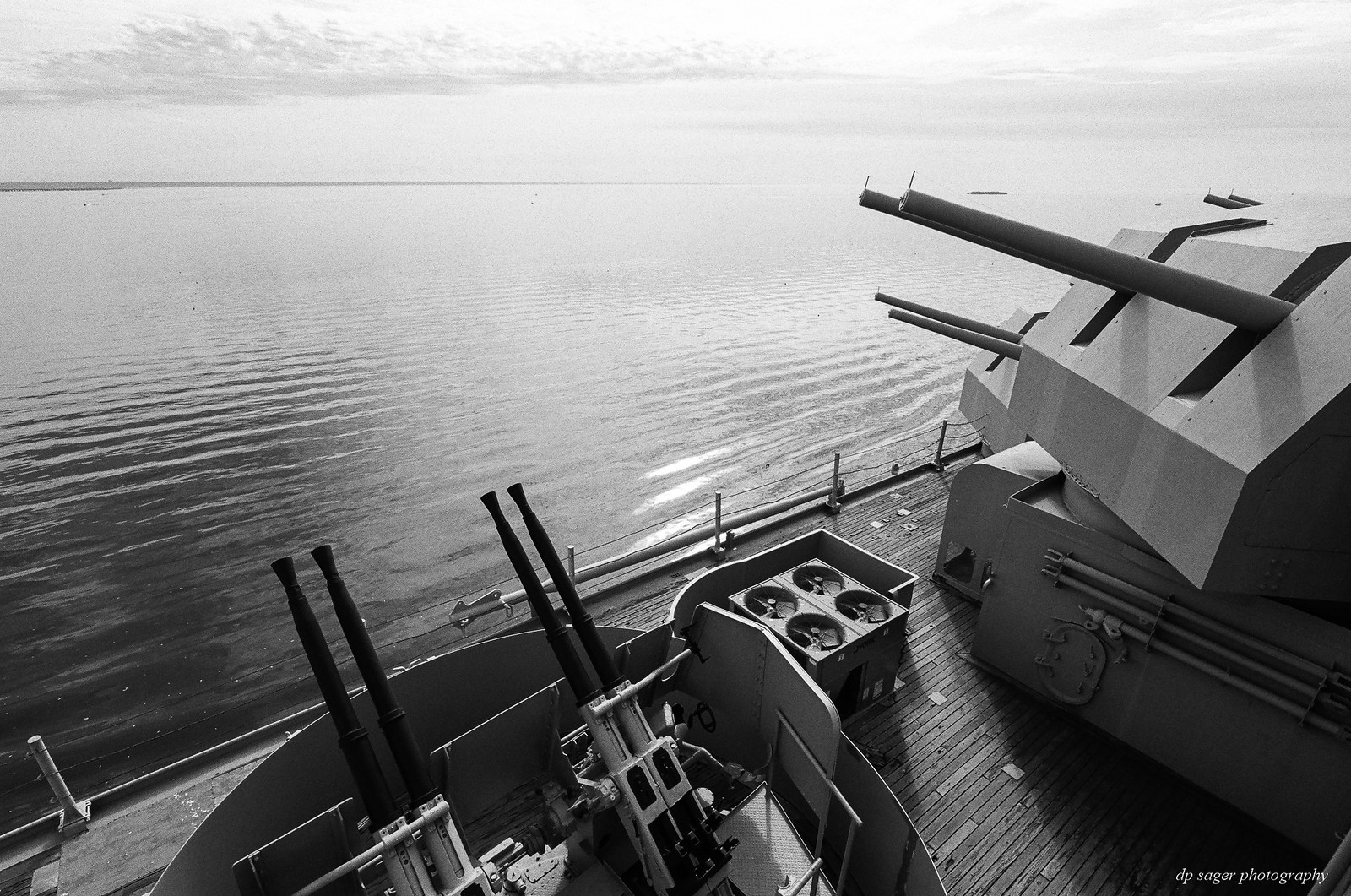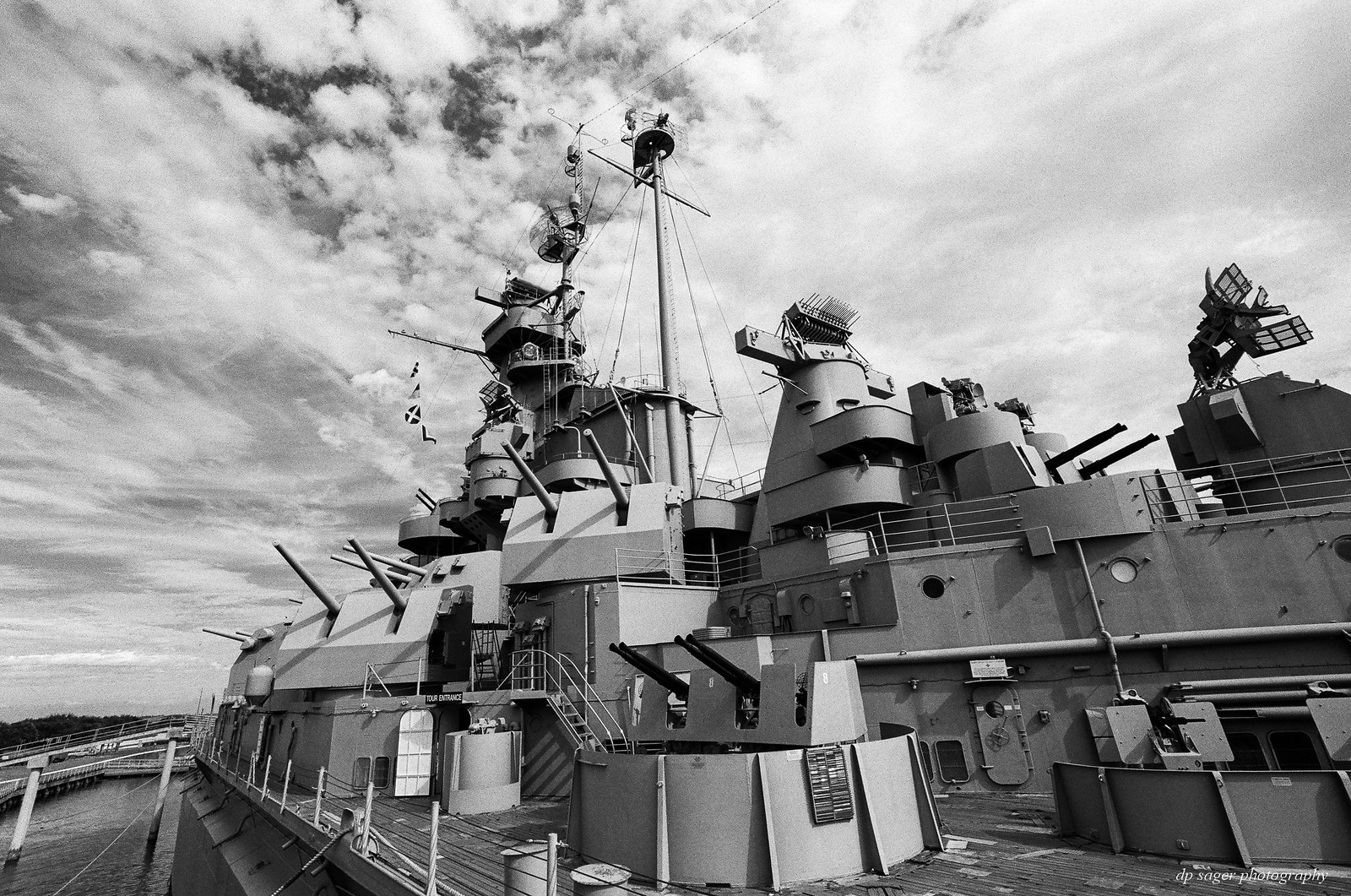USS Alabama - The Mighty A
Jan 7, 2020 15:23:12 #
Jan 7, 2020 15:49:41 #
47greyfox wrote:
Hey Chief, yeah, it is confusing. Imagine myself, ... (show quote)
Thanks, greyfox. I'm not sure that makes sense but close enough for government work

I have a brother who is a retired E-6 sub sailor. He is much smarter than I am so I would never bash one of those critters.
I qualified expert in rifle, pistol and shotgun and have the medals to brag about. I know that doesn't make me an expert in Naval Armament. It does mean I have a fair knowledge of the small arms typically used by the military and by civilians.
I also reload my ammo at home which means I have a fair knowledge of the small details of bullet diameter/caliber, powder loads, primers etc. etc. I know I could dump a whole bucketful of 45 caliber pistols down the muzzle of a 16 inch gun with room left over.
But, being a giant wonder-man, I would prefer to have all those 45's in my gun safe.
Jan 7, 2020 23:16:47 #
https://www.globalsecurity.org/military/world/artillery-caliber.htm
Divide the gun length by the diameter and you get caliber with artillery. Caliber with guns is the size of the barrel diameter because gun caliber partially denotes the type of bullet used in the pistol or rifle. Same word, different meanings. Learn something new every day.
Divide the gun length by the diameter and you get caliber with artillery. Caliber with guns is the size of the barrel diameter because gun caliber partially denotes the type of bullet used in the pistol or rifle. Same word, different meanings. Learn something new every day.
Jan 8, 2020 05:10:34 #
Jan 8, 2020 06:11:15 #
CHG_CANON wrote:
The USS i Alabama /i (BB-60) is a retired WWII b... (show quote)
A Great set of images!!!
Great commentary !!
Jan 8, 2020 06:13:07 #
Jan 8, 2020 07:15:32 #
Nice photos, Paul. I’m not a ship guy by any means. That said, this one looks a lot like the Missouri out at Pearl Harbor.
Jan 8, 2020 07:36:09 #
CHG_CANON wrote:
The USS i Alabama /i (BB-60) is a retired WWII b... (show quote)
What terrific photos and history lesson Paul. I really look forward to your posts.
Thanks - Jim
Jan 8, 2020 08:45:01 #
Jan 8, 2020 08:55:01 #
Jan 8, 2020 09:17:17 #
Paul, once again your photography is spot on and I always enjoy your narratives that accompany your photos.
Jan 8, 2020 09:55:57 #
Jan 8, 2020 10:02:23 #
Jan 8, 2020 10:22:28 #
What an amazing experience for you and us, thanks again for your sharing of the wonderful memories. 👏👏👏👏👏
Jan 8, 2020 10:29:40 #
If you want to reply, then register here. Registration is free and your account is created instantly, so you can post right away.






















